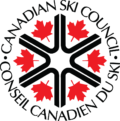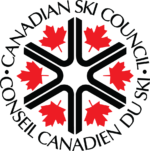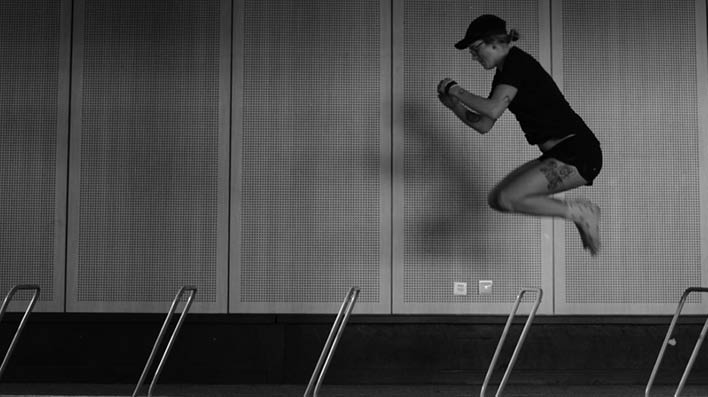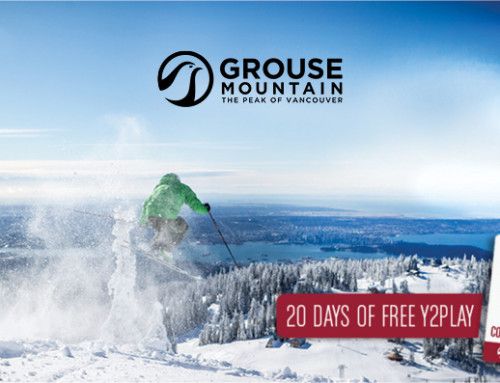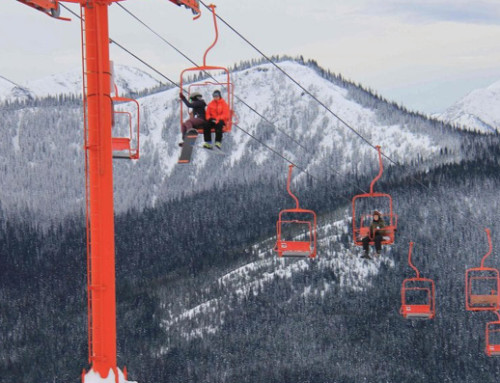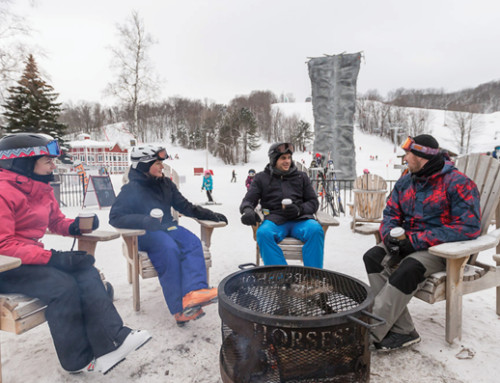It’s been a busy year for the Canadian Halfpipe Team as they prepare for the upcoming PyeongChang Olympics. With top-flight athletes like Noah Bowman and Rosalind Groenewoud aiming for medals; packing in training camps, competition, travel, and even a team surf trip can wear down the body and mind if the athletes and coaches are not well prepared and in tune with their bodies. We caught up with Head Coach Trennon Paynter to find out how he helps manage his athletes and prepare them to represent Canada in competitions all over the world.
How do you help prepare your team for the rigours of a full season of competition?
We have multiple training camps throughout the off-season, including fitness camps, technical camps, trampoline camps, and even an annual surf camp. The schedule requires a significant commitment from all the team members because I believe that kind of commitment is what takes to become the best in the world at something. We’re very fortunate to have a world-class IST (Integrated support team) involved with our program, including a top-notch strength and conditioning coach, physiotherapists, and a mental performance consultant.
Does most of the focus lie with trampoline training? Flexibility? Cardio?
In our strength and conditioning program, we do a lot of Olympic lifting exercises (Clean, Snatch, etc.), as it is one of the most effective ways to improve your ability to produce force (which we need for explosive takeoffs), and to receive force (which we need to handle hard landings). Our corrective and mobility program is led by the physiotherapists and is personalized for each athlete. The technical and skill acquisition training involves acrobatic skills training on the trampolines, water ramps and airbags, as well as all of our on-snow training.
Explain an average day of pre-season training for one of your athletes.
During our spring camp, for example, the athletes will spend a few hours in the gym in the morning, then have individual appointments with a physiotherapist if they are managing any injuries, and then we will have some form of group activity (e.g. tennis, yoga, bike ride) in the afternoon.
How much dietary guidance are you giving your athletes? How much does this play into their pre-season and in-season health?
We don’t have a dietician or anything like that as part of our team staff, however, the athletes do have access to that kind of expertise through some of our sport funding partners, like CSI Pacific. Everyone is pretty on top of eating well, although it certainly does get pretty challenging when we are on the road and staying in unfamiliar places/countries without kitchens.
After a competition, how do you recommend your athletes recover? With the flow of competitions, do you find they often have to make compromises?
Like most things, a lot of it lies in how well they have prepared going into the season. When they are already super fit and prepared at the start of the season, and when they warm up properly before training, it is a lot easier to stay on top of physical maintenance and recovery. The most common form of recovery that we use is spinning on an exercise bike, followed by stretching. Alternating hot/cold soaks is another fantastic recovery tool, but it can be logistically challenging if you don’t have access to a gym or facility with those kinds of services. Sometimes you just have to fill a Rubbermaid tub with snow and cold water and make the best of it.
What common injuries/soreness do you see in a pipe/park skier that you may not see in others?
We use a lot of what’s known as “contact twist” or “torque twist” to set some of our big rotations. It’s a movement pattern that is probably a lot more specific to park and pipe skiing than in some of the other ski disciplines. Also, we do a lot of “switch” (backwards) skiing, which can be a fairly twisted up body position. I think the mechanics of these kinds of movements can cause tightness or imbalances in the back and neck, especially if the mobility/flexibility work isn’t adequate.
I assume the athletes were in the thick of it training for the Olympics. How did that change their training regimen?
Honestly, we don’t really change too much in terms of what we do during an Olympic year. We did have a little more training volume this off-season than some other years, but in general, we try to do the best we can to get everyone at the top of their game regardless of the year.
